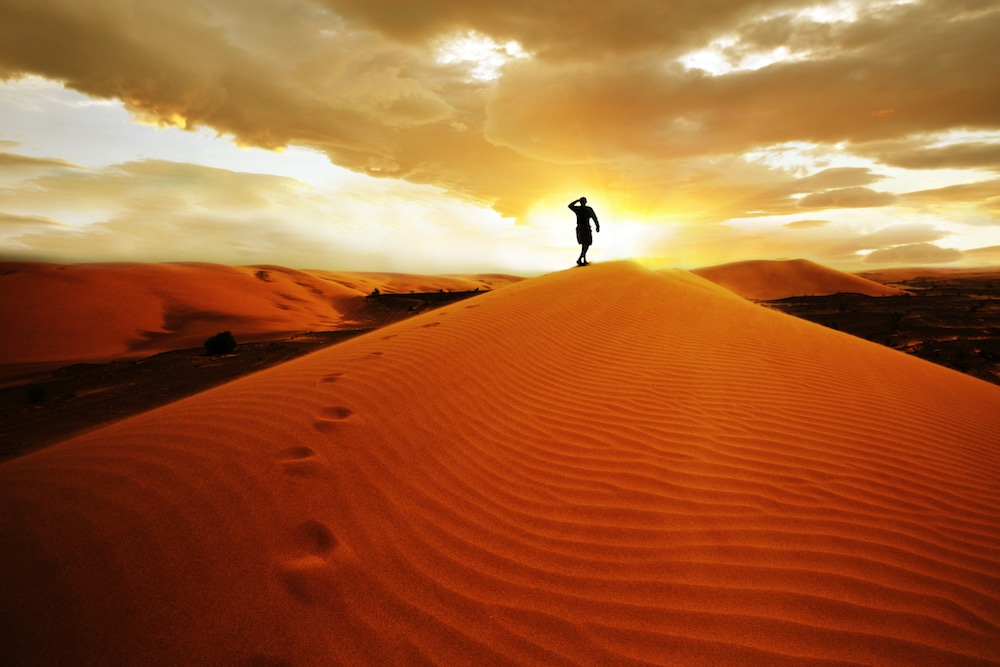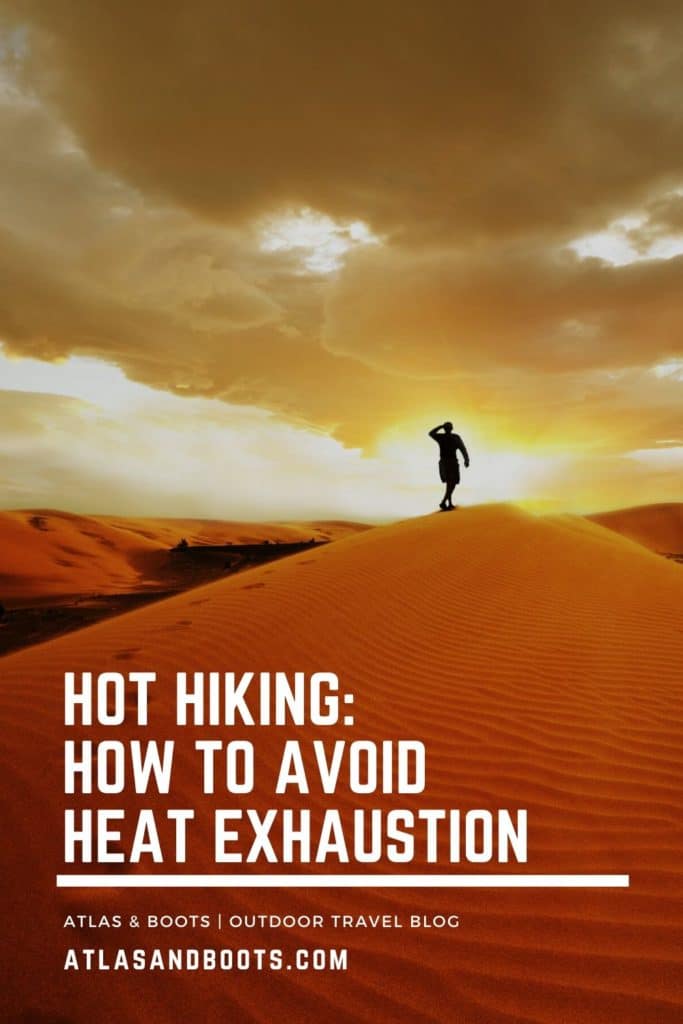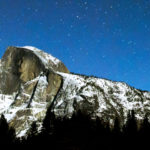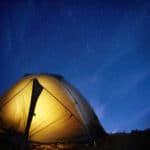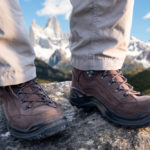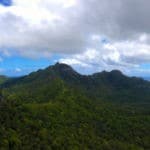Hot hiking can be just as dangerous as heading out in stormy weather. Here we share essential info on how to recognise, treat and avoid heat exhaustion
It was on the slopes of Mount Matavanu crater that I almost started crying with exhaustion. We were nearing the end of a six-hour hike in searing heat, a feat we had stupidly attempted with just one litre of water.
After potentially risky endeavours like trekking an active volcano and diving for the first time, we had become complacent about a mere day hike, failing to factor in the relentless Samoan sun. By the end, we were utterly worn and utterly beaten. We vowed never to attempt a hot hike again without proper preparation.
To help others stay safe, we put together a guide on how to recognise, treat and avoid heat exhaustion when hiking in the heat.
Recognise heat exhaustion
First, it is important to differentiate between heat exhaustion and heat stroke. Heat exhaustion is when your body becomes very hot and starts to lose water or salt.
Heat stroke is when your body can no longer cool itself and its temperature becomes dangerously high (104°F / 40°C or higher). It may be referred to as ‘sunstroke’ when the symptoms are caused by prolonged exposure to sunlight.
Heat stroke is less common but more serious and can put strain on your vital organs. It’s important to be able to recognise both conditions, especially as heat exhaustion can lead to heat stroke if left untreated.
Heat exhaustion symptoms
- Intense thirst
- Feeling weak and tired
- Feeling faint or dizzy
- Throbbing headache
- Nausea and vomiting
- Muscle cramps
- Profuse sweating
- Flushed skin
- Rapid heartbeat
- Urinating less often and having much darker urine than usual
Heat stroke symptoms
- Confusion
- Disorientation
- Seizure
- Loss of consciousness
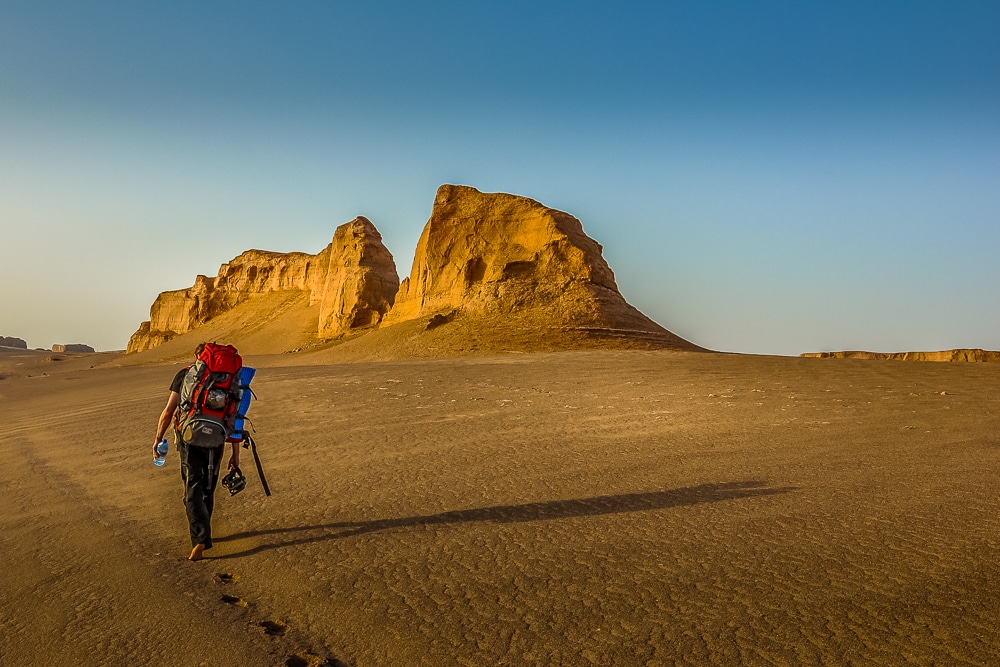
TREAT HEAT EXHAUSTION
Rest in a cool place: Find shade and rest for at least 30 minutes. Lie down if possible. If your symptoms are severe, consider waiting until the sun is lower in the sky before resuming activity. Naturally, you should make sure there is enough daylight to safely end the hike.
Remove excess clothing: Take off any tight or heavy clothing to allow air to circulate around your body.
Cool your skin: Use a wet buff or cloth, or a cold pack to cool your neck and armpits. Fan your skin while it’s wet to cool it.
Rehydrate: Drink plenty of water, fruit juice or a rehydration drink if available. This will replenish lost water and salt.
Know when to call for help: If you feel confused or disoriented, call for medical help. If the person with whom you’re hiking falls unconscious, follow the steps above and place the person in recovery position until help arrives. If they have a seizure, remove any rocks or objects near to them to prevent injury.
Avoid heat exhaustion
Acclimatise: If you are hiking away from home in hotter temperatures than what you’re used to, it will take you time to acclimatise to the heat. Wait at least a few days before attempting any vigorous activity, especially a long or strenuous hike.
Check for heatwave warnings: Make sure you read the weather forecast for the day(s) of your hike. It’s easy to ignore this in countries with seemingly endless good weather but heatwaves can be just as dangerous as storms, so don’t get complacent.
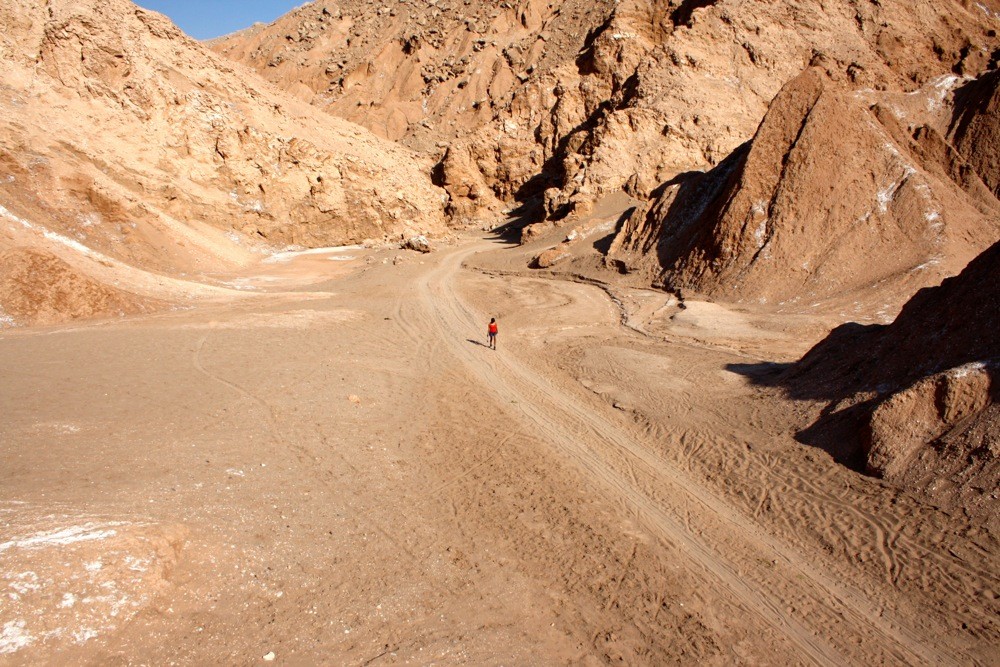
Factor in rest time: A six-hour hike may not be a six-hour hike in extremely high temperatures. Factor in plenty of rest time. This way, you will be under less pressure to maintain a strenuous pace. Take frequent breaks in the shade and check on your companions.
Avoid sunburn: Sunburn reduces your body’s ability to rid itself of heat. As such, make absolute sure that you apply and re-apply sunscreen of at least SPF 15 throughout your hike. SmartSun UV wristbands are a good way to monitor re-applications. Additionally, wear a hat, sunglasses and a buff to protect against the sun.
Wear light clothing: Loose-fitting, lightweight and light-coloured clothing are best for hot hiking. They will reflect heat, allow air to circulate and enable sweat evaporation. Avoid tight, heavy and dark clothing for they will do the exact opposite!
Drink plenty of water: There is much debate around the ‘right’ amount of water to drink when hot hiking. Some experts say you should drink more than you need while others claim you should only drink when you’re thirsty.
A good rule of thumb is to make sure you drink at least three litres of water over the course of the day; four if the hike is strenuous. Drink 750ml two hours before and another 250ml when you start.
Drink the rest at frequent intervals over the course of the day. It’s a good idea to replace some of your water intake with an electrolyte-rich sports drink. This will regulate your salt levels in addition to your water levels.
Splash water over your skin: In very hot weather, it’s useful to sprinkle water over your skin or clothes. A wet buff around your neck will help keep you cool. If attempting a multi-day hike, pack a Kool Tie, a lightweight scarf filled with polymer crystals that release water over two to three days without re-soaking.
Cover the basics: Whether hot hiking, night hiking or endurance hiking, make sure you pack the ‘10 essential systems’. This equipment list has been developed by experts over the years and will help you stay safe in case your plans go awry.
Overall, make sure you don’t push yourself beyond your limits. Heat-related conditions can be extremely serious, so prepare for a hot hike as seriously as you would for a hike in bad weather. Dry and desert landscapes offer stunning hiking so make sure you don’t miss out.
Good luck!
Enjoyed this post? pin it for later…
To stay hydrated on long hikes and treks, pack a CamelBak for easy access to water on the move.
